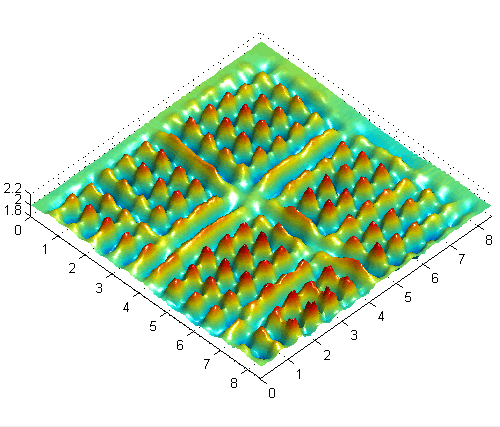Our researchers are responsible for the E-USOC (Spanish User Support and Operations Centre, https://www.eusoc.upm.es/ ), a center of the Universidad Politécnica de Madrid (UPM) specialized in Research and Development (R&D) activities in the fields of space science and technology. On behalf of European Space Agency (ESA), the center offers the necessary assistance for the preparation, execution and post-flight analysis of space experiments to the scientific community interested in the Microgravity Science Glovebox (MSG), a NASA’s laboratory on board the International Space Station.
Our researchers are also responsible for the Science Data Center (SDC), a center delegated by ESA for the long term archival and valorization of the data generated by the microgravity experiments performed by the Human Spaceflight and Robotic Exploration Programs in ESA.
Our research in the field of space science covers different areas such as:
- Development of theoretical, numerical and experimental models for the study of the dynamics of fluid surfaces vibrated in microgravity (https://www.eusoc.upm.es/fluid-science/ ).
- Development of numerical algorithms for attitude control of satellites.
- Development of numerical and experimental models for the study of Thermocapillary Effects in the Dynamics of Materials with Phase Change (PCMs) in Microgravity.
Our main activities in the field of space technology are related to nanosatellites, acting as:
- Space mission developers (https://www.eusoc.upm.es/qb50/ ).
- Satellite subsystems suppliers.
- Educational satellite developers (https://www.theia.eusoc.upm.es/esat/ ). These satellites aims at becoming the perfect tool for hands-on training in space engineering at all levels, and which are currently being used by the ESA Academy for their CubeSat hands-on training.
Some of the facilities offered by our group are:
– The control room of E-USOC, where the Ground Controllers (GCs) and trained Operators (OPS) carry out their duties related to the operation of experiments (or payloads, in aerospace terminology) on board the ISS.
– An ISO-8 clean room complemented with a gray room (anteroom) and a service chamber used to insert/remove material into/from the room.
– A Fluid Laboratory, which includes machining tools, and various electrical and optical equipment- A Ground Station for tracking amateur and educational satellites.
Research groups
Spanish User Support and Operations Centre (E-USOC), Universidad Politécnica de Madrid.




